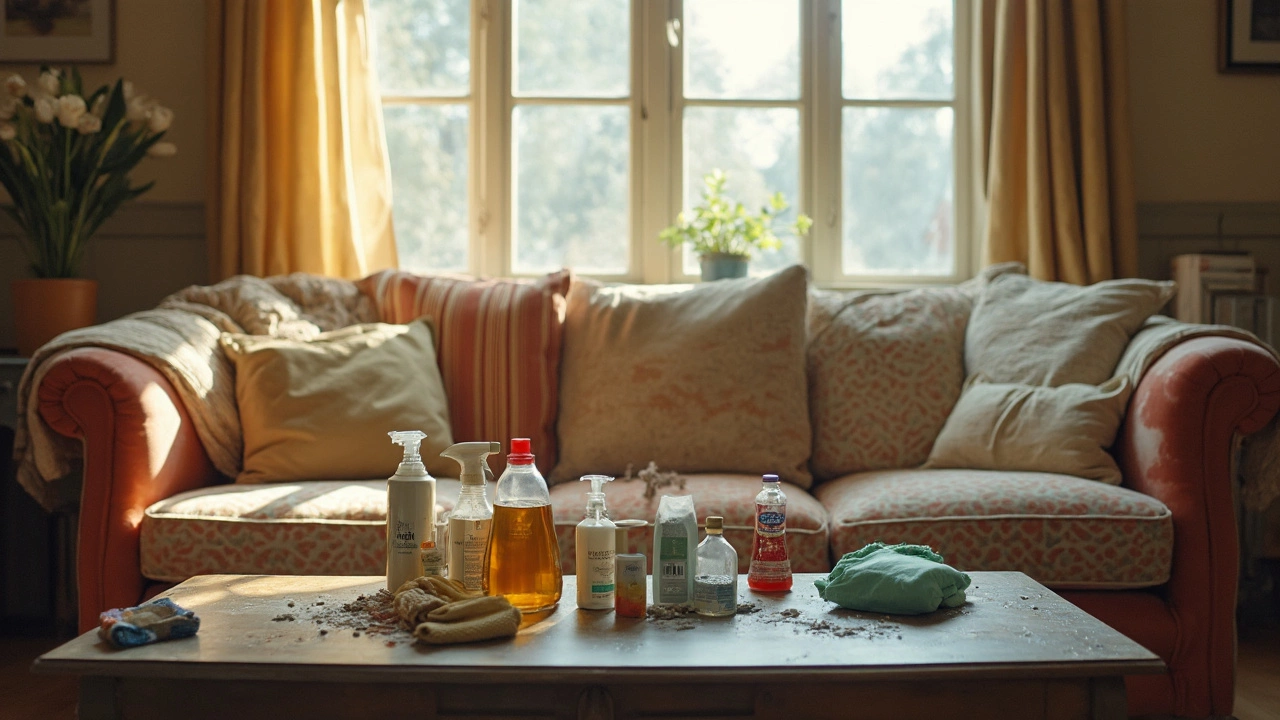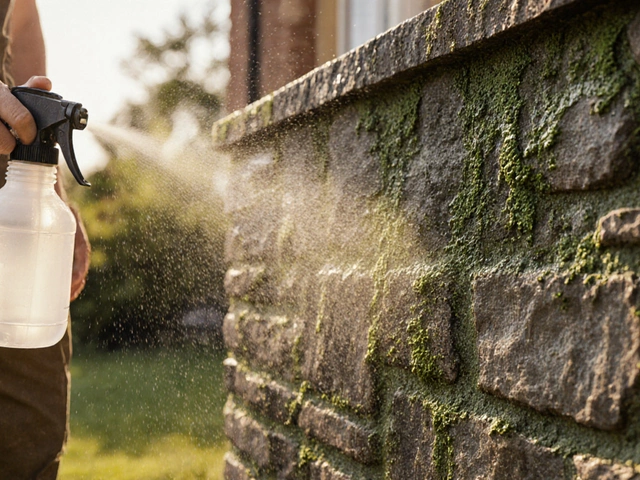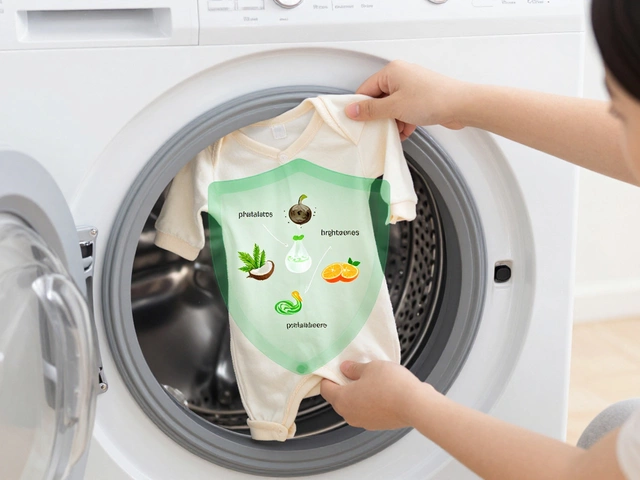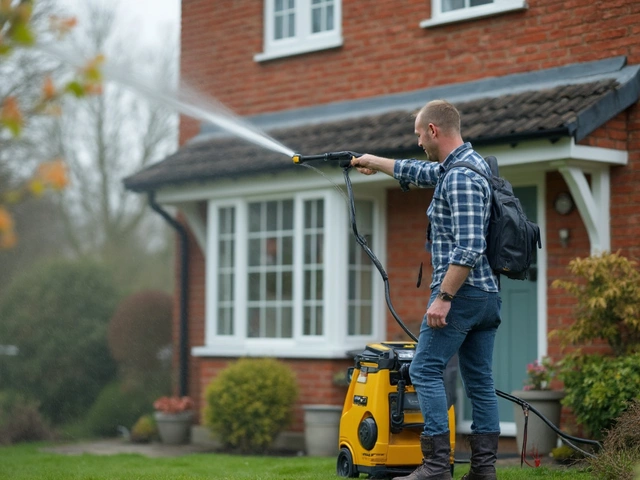Most folks clean their couch the same way they clean the floor—grab any cleaner, start scrubbing, and call it a day. That approach can wreck your furniture faster than you think. One wrong move, like soaking it with too much water, and you’re stuck with stains that never come out or a nasty smell that won’t go away. Water seeps deep into cushions and takes forever to dry, turning your couch into a breeding spot for mold. Nobody wants to lounge on that.
And let’s be honest: reaching for the strongest cleaner on the shelf feels like the logical move against stubborn stains. Sadly, most of those products are designed for kitchen counters or bathroom tiles, not delicate fabrics. A spray of bleach cleaner might lift the stain but leaves you with faded spots, brittle fibers, or even holes. Upholstery hardly ever recovers from that kind of damage, so picking the right products right from the start makes a massive difference.
- The Dangers of Over-Wetting
- Why Harsh Cleaners Backfire
- Mistakes with Scrubbing and Tools
- Ignoring Labels and Common Sense
The Dangers of Over-Wetting
Over-wetting is one of those rookie mistakes that can mess up even the toughest couch. When you use too much water (or cleaning solution), the liquid seeps deep into the cushions and stuffing. Here’s where things get ugly—most upholstery isn’t designed to handle that much moisture, so drying takes forever, allowing bacteria and mold to start growing. You don’t notice until there’s a musty smell or, worse, your fabric starts showing dark mildew spots.
Damp cushions often take over 24 hours to dry completely, especially in rooms with poor air flow. According to a 2022 survey by a major upholstery cleaning brand, about 35% of calls for repair were due to water damage caused by improper cleaning methods. Once the inside of your furniture’s soaked, you’re looking at possible wood damage, sagging stuffing, or long-term smell that beats even the toughest air fresheners.
Here are the main problems that come with over-wetting:
- Mold and bacteria growth inside cushions
- Lingering musty odors
- Permanent water stains and rings
- Damage to fabric dye—fading or uneven colors
- Wooden frames inside some couches can swell or crack
Check out this quick breakdown:
| Problem | What Happens |
|---|---|
| Mold Growth | Black/green spots, bad smell, allergy risk |
| Color Fading | Washed-out or patchy fabric |
| Staining | Water rings, marks that stay after drying |
| Frame Damage | Wood warps or cracks inside furniture |
If you want to avoid all of this, use as little water as possible. Pretreat stains with the right product and dab—don’t soak or scrub. A wet/dry vacuum or a dedicated upholstery cleaner helps suck up extra moisture fast. Remember, upholstery cleaning is about being gentle and patient, not flooding your couch with soap and water.
Why Harsh Cleaners Backfire
It’s tempting to grab a heavy-duty cleaner when you spot a brutal stain, thinking more power means better results. In reality, harsh cleaners do more harm than good when it comes to upholstery cleaning. Most of these products have strong chemicals like bleach or ammonia that strip the fabric’s color, leave patchy faded spots, and sometimes break down the fibers until they fall apart. Once that happens, you can’t just patch it up—it’s usually permanent.
Take leather sofas, for example. People use all kinds of sprays meant for tough stains on them and end up with dry, cracked leather. Or if you have a fancy microfiber couch, a harsh alkaline cleaner can turn it rough and streaky. Even regular detergents designed for clothing can leave behind sticky residues in upholstery, which turn into magnets for dust and dirt. Next thing you know, your couch actually looks dirtier than before.
Here’s the deal—soaps and cleaners that make a lot of suds tend to be tough to rinse out. Any leftover soap will attract even more grime, especially in light-colored fabrics. Plus, strong chemical smells can linger in your living room for days, which no one wants to deal with.
- Always check if the cleaner is labeled safe for upholstery. If it only mentions floors or tiles, pass on it.
- Test any new product on a hidden spot under a cushion. Wait a few hours to see if the color changes or the fabric gets weird.
- When in doubt, stick to mild, water-based cleaners. These are less likely to harm most types of upholstery.
The bottom line: it’s not about getting the strongest cleaner, but the right one. Saving your furniture is way cheaper than buying a new couch—not to mention less hassle.
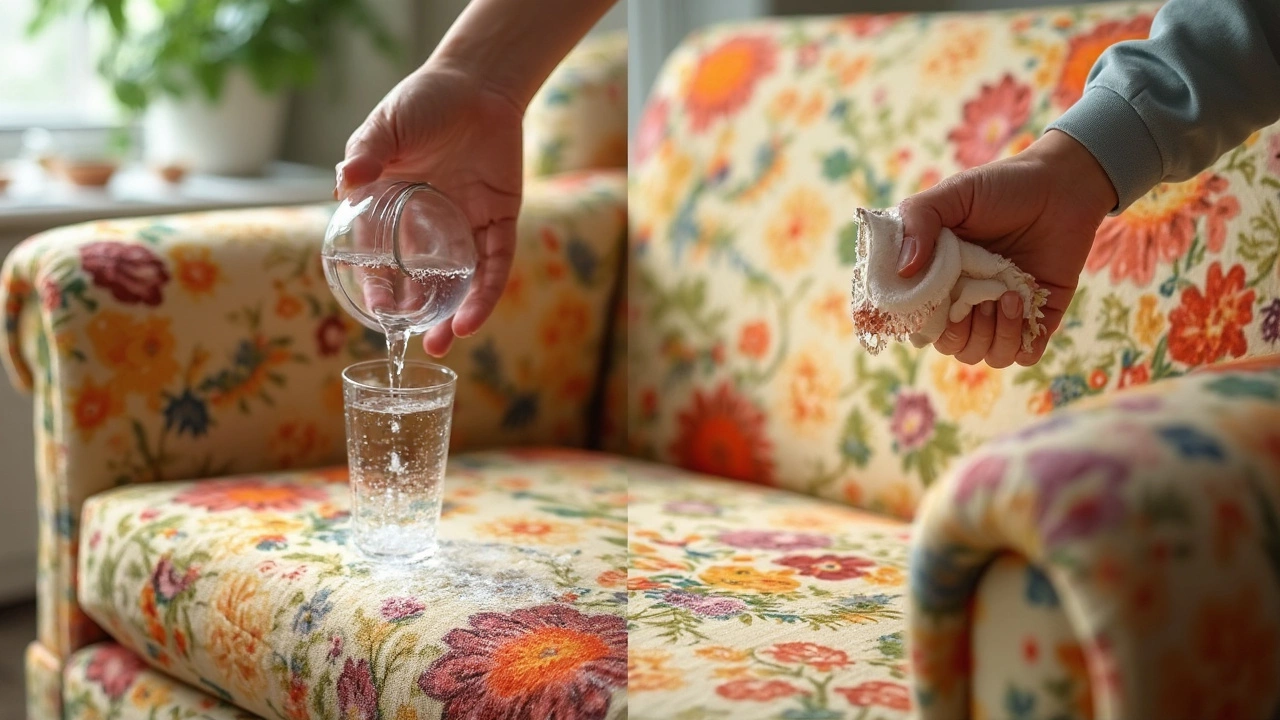
Mistakes with Scrubbing and Tools
It’s easy to think scrubbing hard will get that old ketchup stain out of your sofa, but this is where most people mess up. Vigorous scrubbing just shoves the dirt further in and beats up the fabric. Over time, you end up with bald spots or worn-out patches that look way worse than a simple stain.
One big mistake is using the wrong tools. Grab a stiff brush or those rough kitchen sponges and you’ll break down the threads and ruin the texture. The American Cleaning Institute notes,
“Gentle blotting is always better than scrubbing, as harsh motion can damage upholstery fibers.”
A study by the Institute of Inspection Cleaning and Restoration Certification (IICRC) compared outcomes using different cleaning tools. They found upholstery lasted 35% longer when cleaned with soft microfiber cloths versus brushes and scouring pads. That matters if you want your furniture to age gracefully.
- Use soft tools like microfiber cloths or gentle upholstery brushes.
- Always blot stains—never scrub back and forth.
- Try patting or dabbing, letting your cleaner lift the dirt out.
If you want some real-world numbers, check out this comparison:
| Tool Type | Average Fabric Lifespan (years) | Risk of Surface Damage |
|---|---|---|
| Microfiber Cloth | 8.2 | Low |
| Upholstery Brush (Soft) | 7.8 | Moderate |
| Scouring Pad | 5.3 | High |
| Stiff Brush | 4.9 | Very High |
If you’re serious about upholstery cleaning, go easy on your tools. Your future self—and your sofa—will thank you.
Ignoring Labels and Common Sense
If you’ve ever skipped the cleaning label stuck to your couch, you’re not alone. Most upholstery has a tag tucked somewhere with cleaning codes like W, S, SW, or X. These aren’t just there to look official—they tell you what methods are safe for that exact fabric. For example, a big ‘W’ means you can use water-based cleaners, while an ‘S’ means only solvent-based cleaners are safe. Mess this up, and you could wreck the fabric for good.
- W: Safe to clean with water-based products
- S: Use only solvent or dry-cleaning solutions
- SW or WS: Either option is fine
- X: No liquids—just vacuum or brush
Skipping the tag can mean stains that spread, sticky residue that never goes away, or even shrinking and stiffening of the fabric. Way too many people find out the hard way that water turns ‘S’ fabrics into a disaster zone.
And think about the other classic mistake: testing a cleaner right in the middle of the sofa instead of out of sight. That’s a rookie move. The chemicals can discolor the fabric, and you’ll have a visible reminder for years. When in doubt, always do a spot test on the back or underneath.
Basic common sense goes a long way. Check the tag, pick the right cleaner, and use the right method. Stores report that over 60% of upholstery returns are due to cleaning damage—not a manufacturing issue. When so many people lose expensive couches over small mistakes, it’s definitely worth slowing down and doing it right.
| Cleaning Code | Recommended Method |
|---|---|
| W | Water-based cleaner |
| S | Solvent cleaner only |
| SW / WS | Water or solvent |
| X | Vacuum or brush only |
One more tip—if a label is missing or unreadable, go easy. Try vacuuming first before getting adventurous with sprays. It’s better to play it safe than to risk turning your favorite chair into the next big DIY fail.
